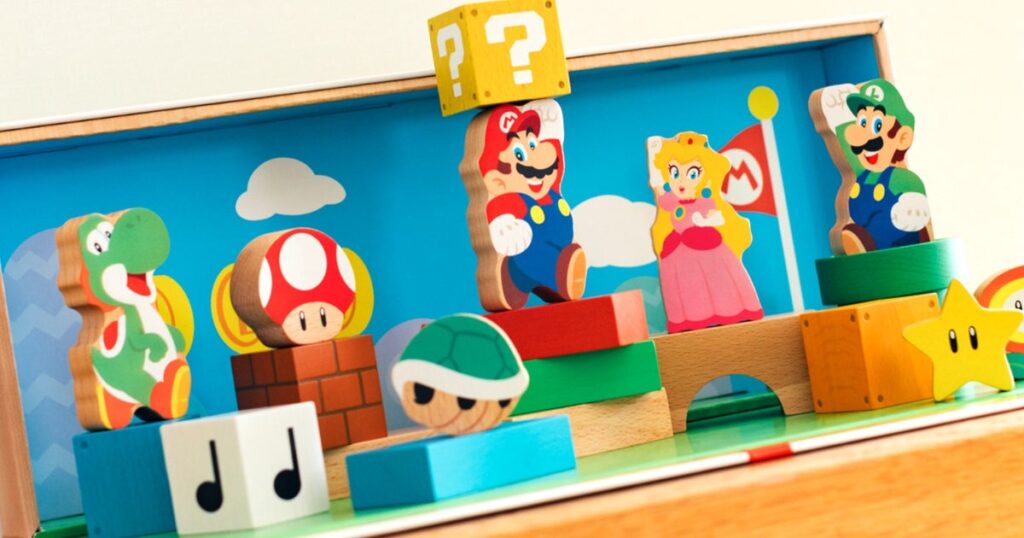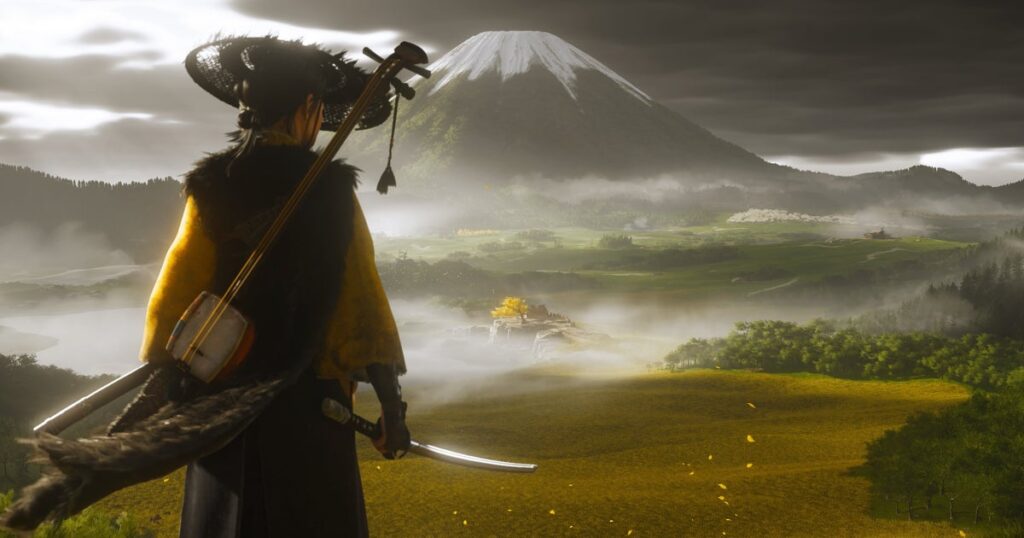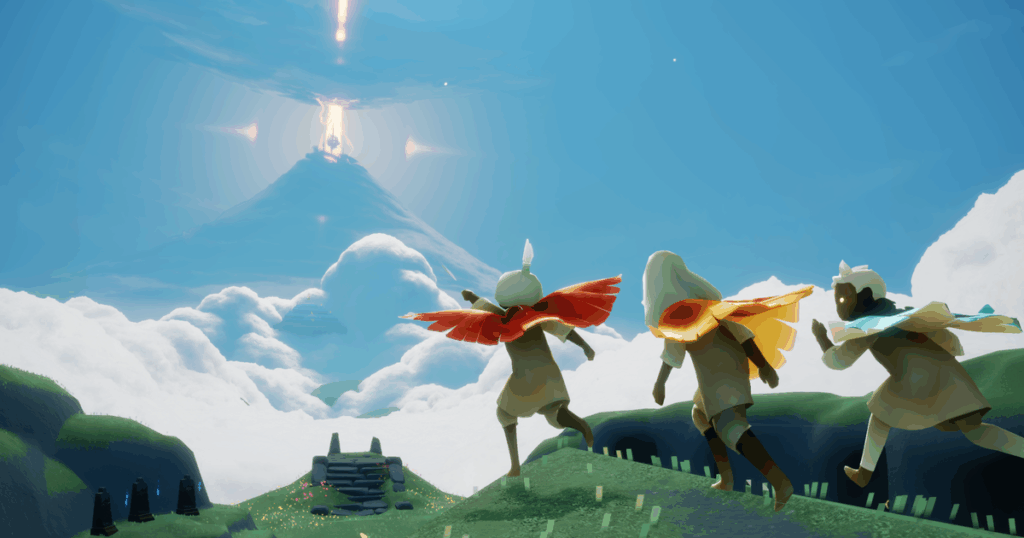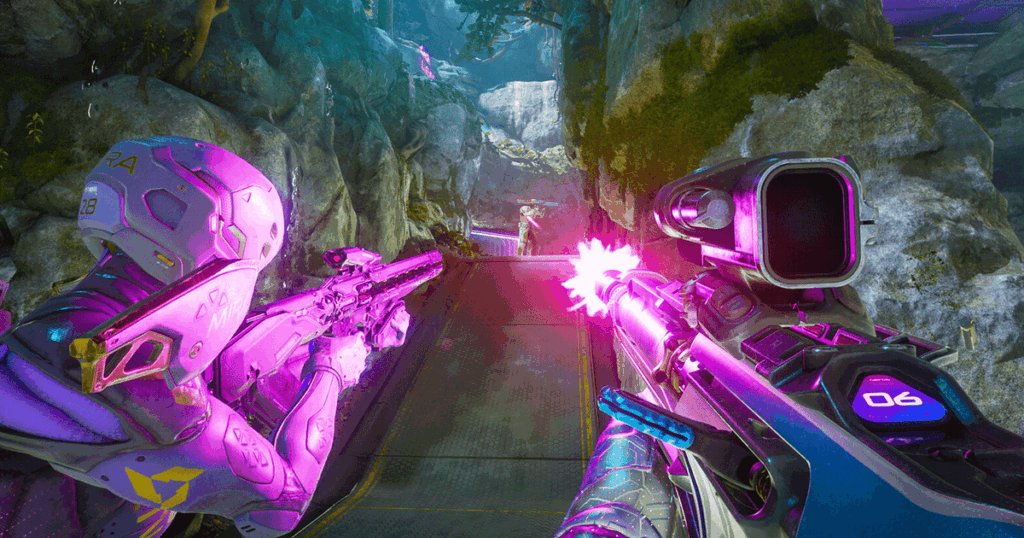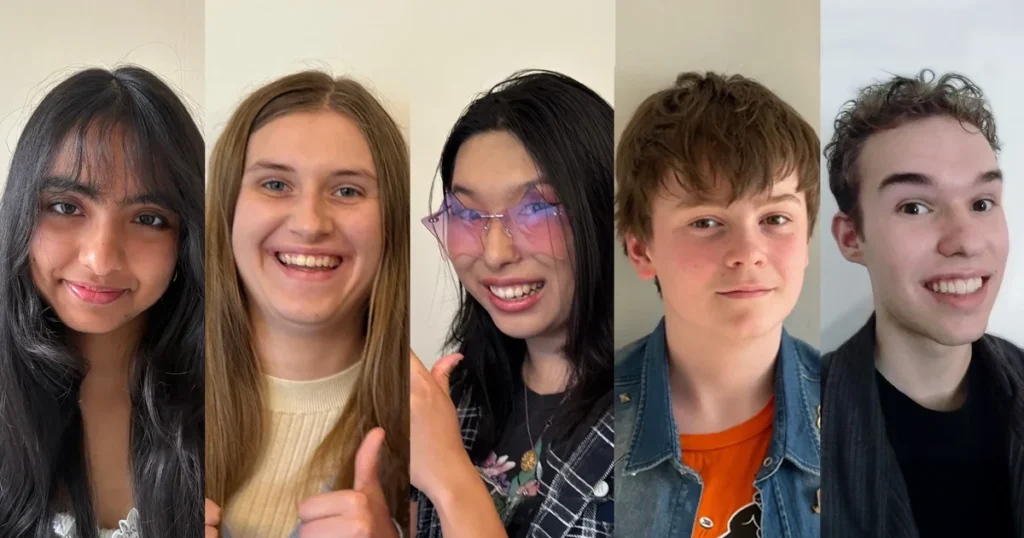Yingxian Lu is a content producer at Thatgamecompany, where she leads in-game event/season production and cultural localization for Sky: Children of the Light. Her work focuses on emotionally resonant, globally inclusive content. She previously led interactive campaigns at JD.com, and her work was also widely covered by media outlets in China.
In today’s global games industry, success isn’t just about going international – it’s about making players everywhere feel emotionally connected. As games like Sky: Children of the Light reach massive global audiences, we face a creative challenge: how do we design content that feels truly meaningful to people from widely different cultures, languages, and life experiences?
Thatgamecompany, the independent studio behind Journey, Flower, and Sky, is known for its emotionally rich, artful games that emphasize human connection over competition. Sky has received critical acclaim since its launch, including winning the Games for Impact Award at Gamescom 2023, and continues to earn praise for its innovative social gameplay and emotional depth.
The game has now surpassed 270 million downloads globally, with up to 8 million daily active users in China – a market I help support closely. Since joining Thatgamecompany in 2022 as a content producer on Sky, I’ve led the production of several major in-game events and season content, and have worked to localize emotional experiences in ways that resonate deeply with Chinese players.
My expertise has helped bridge cultural expectations, reduce misalignment across teams, and bring more inclusive, emotionally resonant content to one of Sky’s largest and most active player bases.
Leading with emotion, connecting across cultures
Sky’s core philosophy, shaped by our creative director Jenova Chen, is built on inclusivity. Players appear as ‘Sky kids’, characters without defined gender, age, or ethnicity. This design choice removes surface differences, allowing people to meet and connect as equals. It’s a space of quiet beauty and shared humanity.
.png?width=1920&height=1920&fit=bounds&quality=70&format=jpg&auto=webp)
That same philosophy guides our content design. At Thatgamecompany, we don’t start with features, we start with feelings. The first question we ask for every new event or season is: “What do we want the player to feel?” Should it be joy? Melancholy? Peace?
That emotional target becomes the foundation. And because emotions transcend language and borders, they’re one of the most powerful tools we have to build inclusive experiences.
“Because emotions transcend language and borders, they’re one of the most powerful tools we have”
This approach doesn’t make content creation easy, but it does make it honest. I’ve embraced this process in every project I’ve led, whether shaping the mood of an event, adjusting reward pacing to align with emotional beats, or proposing content adjustments based on cultural sensitivities.
Next, I’d like to share a few concrete examples of how this philosophy comes to life in our work.
A tale of two events: Global design with local meaning
One of my favorite examples is Days of Moonlight, a 2024 in-game event. It originated as a quieter counterpart to our lively Days of Sunlight event. During brainstorming, someone asked: “If Sunlight represents energy and activity, what would Moonlight represent?”
.png?width=1920&height=1920&fit=bounds&quality=70&format=jpg&auto=webp)
As a Chinese content producer, I immediately thought of the Mid-Autumn Festival, a time of reunion, moon-gazing, and reflection. It’s a beloved tradition where families come together, admire the full moon, and eat mooncakes. I grew up celebrating it. It felt like a perfect emotional anchor for the event.
So while global players saw Days of Moonlight as a poetic seasonal celebration, Chinese players recognized something more personal: cultural validation inside a game they loved. That dual meaning made the event feel globally accessible yet locally resonant.
The response was overwhelmingly positive: players shared screenshots of moonlit gatherings, wrote stories inspired by the theme, and praised the emotional tone as peaceful and moving. It became one of the most discussed events on Chinese social media during its run.
.jpg?width=1920&height=1920&fit=bounds&quality=70&format=jpg&auto=webp)
We also added a riddle-writing feature, letting players create and guess riddles from one another. Originally, we planned to reward players for correct answers, but quickly realized the language complexity made that unfair. So we shifted the mechanic to reward participation instead. The fun stayed, the stress didn’t.
Not every idea lands as well. One summer, we introduced a marshmallow roasting prop, complete with firepit, roasting stick, and visual feedback. In the West, this evoked nostalgia and camping memories.
But in China, where roasting marshmallows isn’t a common tradition, the moment felt distant. That taught us that emotional references aren’t always as universal as we think – and why listening matters.
Bridging worlds: Production as cultural mediation
Sky’s success in China depends not only on our content, but also on how we work together behind the scenes.
I always try to think a few steps ahead: anticipating potential information gaps before they become issues, and constantly keeping our publishing partner’s needs in mind. Understanding what they care about helps me proactively surface details they might otherwise have to ask for, and ensures we’re aligned not just on output, but on priorities.
.png?width=1920&height=1920&fit=bounds&quality=70&format=jpg&auto=webp)
One of my key responsibilities is managing communication between our global development team and our Chinese publishing partner.
Before I joined, we sometimes had issues with content readiness and misaligned expectations, often caused by time zone gaps and language barriers. A 12-hour time difference can turn one decision into a three-day exchange. Miscommunication isn’t just inconvenient – it can directly impact the player experience.
To streamline collaboration and reduce costly miscommunication, we use a hybrid communication model that combines structured asynchronous documentation with real-time feedback loops. We also creatively used tools such as Slack bots to automate notifications and reminders, which helped maintain alignment across time zones and reduced avoidable delays.
“A 12-hour time difference can turn one decision into a three-day exchange”
Another ongoing consideration is navigating major holidays on both sides. For example, we’ve had to adjust production timelines around Christmas and Lunar New Year, which are the most important holidays in the United States and China, respectively.
This often means planning content windows well in advance, shifting internal milestones, or being flexible to respond quickly when plans change on short notice. These kinds of accommodations are vital for maintaining trust and momentum across regions.
In addition, we constantly need to factor in local regulations. For instance, China has strict playtime limits for minors, which directly affects how we approach scheduling, content pacing, and even reward structures.
These policy details might be overlooked if the team lacks regional awareness, so part of my role is to keep them visible throughout the design process.
.png?width=1920&height=1920&fit=bounds&quality=70&format=jpg&auto=webp)
This setup has helped reduce avoidable incidents and built stronger trust between teams. For a producer, communication isn’t just operational – it’s cultural infrastructure. When your game lives in many regions, your team has to think across those boundaries, too.
Looking ahead: Representation behind the curtain
In the industry, we often talk about diversity in character design. But for global games to thrive, we also need diversity in decision-making, in the rooms where creative calls are made, deadlines are set, and trade-offs are considered.
Being a Chinese producer working on a globally beloved game has helped me see things others might overlook – player expectations, emotional cues, even sensitivities around timing or symbolism.
I’m not the only one doing this work, but I know my perspective matters. That’s because content built for everyone starts with teams that reflect everyone.

